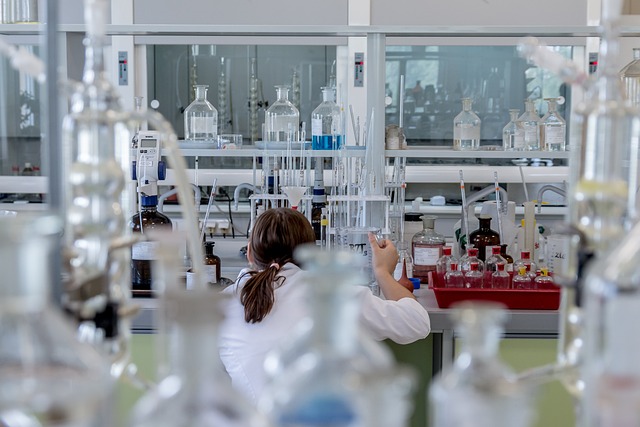In recent years, the field of healthcare has undergone a revolutionary transformation, driven by technological advancements and innovative solutions. Amidst these changes, robotics in medical research has emerged as a pivotal force, harnessing the power of automation to facilitate new discoveries and enhance patient care. The integration of robots in medical settings is not just about efficiency; it’s about redefining the way we understand and treat illnesses, ultimately leading to improved health outcomes and enhanced quality of life.
Healthcare innovations powered by robotics are reshaping how researchers approach complex medical challenges. For instance, robotic surgical systems have made it possible for surgeons to perform delicate procedures with unparalleled precision. These systems minimize the invasiveness of surgeries, which often results in reduced recovery times and less postoperative pain for patients. Moreover, when researchers utilize robotic platforms in clinical trials, they can collect data more systematically and accurately, yielding results that can advance our understanding of various diseases.
One of the most notable applications of robotics in medical research is in the realm of drug discovery. Robots can conduct millions of experiments at a staggering pace, testing compounds in ways that would be impossible for human researchers alone. This accelerated pace allows for rapid identification of potential new treatments, which is crucial in the race against diseases that have long eluded traditional therapies. With the world’s population increasing and the burden of chronic illnesses on the rise, the need for such innovations has never been more pressing.
Furthermore, robotics is also making strides in remote healthcare. Telepresence robots are increasingly being employed in rural areas where access to specialized medical professionals is limited. These robots provide a bridge between patients and healthcare providers, allowing for consultations and follow-ups without the need for travel. As urban centers become increasingly crowded, this technology ensures that high-quality healthcare can reach those who need it the most, regardless of their geographic location.
In laboratories across the globe, researchers are increasingly relying on automation. Robotic assistants are integrated into the daily workflow, helping to reduce human errors and increase reproducibility in experiments. This is especially vital in fields like genetics and molecular biology, where even a minor mistake can lead to inconclusive results. The robots not only handle menial tasks but also assist in complex analyses, pushing the boundaries of what is possible in scientific research.
The emotional connection between technology and healthcare cannot be understated. As healthcare innovations continue to evolve, it is essential to remember that behind every robot and every automated system, there are countless hours of research and development aimed at improving lives. Robotics in medical research is not merely about the machines themselves; it’s about enhancing humanity—making healthcare more accessible, more efficient, and ultimately, more compassionate.
The future of healthcare is bright, illuminated by the innovative spirit and relentless pursuit of knowledge that drives both robotics and medicine. As these two fields converge, we stand on the brink of unprecedented possibilities. From breakthrough treatments and surgical methodologies to improved patient experiences and streamlined research processes, the implications of robotics in medical research will continue to unfold, ultimately forging a healthier tomorrow for generations to come.



